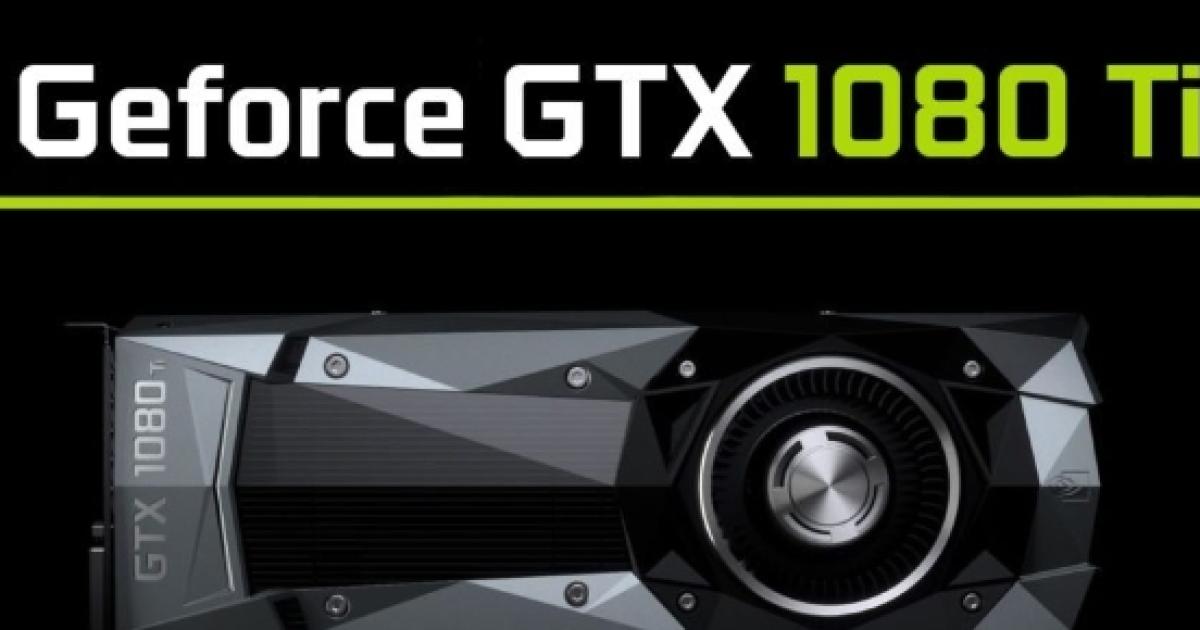

- #Fp64 of gtx 1080 ti vs classic gtx titan how to
- #Fp64 of gtx 1080 ti vs classic gtx titan 32 bit
- #Fp64 of gtx 1080 ti vs classic gtx titan full
But also the RTX 3090 can more than double its performance in comparison to float 32 bit calculations. When training with float 16bit precision the compute accelerators A100 and V100 increase their lead. The results of our measurements is the average image per second that could be trained while running for 100 batches at the specified batch size. The Python scripts used for the benchmark are available on Github at: Tensorflow 1.x Benchmark Single GPU Performance The technical specs to reproduce our benchmarks: The connectivity has a measurable influence to the deep learning performance, especially in multi GPU configurations.Īlso the AIME A4000 provides sophisticated cooling which is necessary to achieve and hold maximum performance. The NVIDIA Ampere generation benefits from the PCIe 4.0 capability, it doubles the data transfer rates to 31.5 GB/s to the CPU and between the GPUs. It is an elaborated environment to run high performance multiple GPUs by providing optimal cooling and the availability to run each GPU in a PCIe 4.0 x16 slot directly connected to the CPU. We used our AIME A4000 server for testing. As it is used in many benchmarks, a close to optimal implementation is available, driving the GPU to maximum performance and showing where the performance limits of the devices are. As the classic deep learning network with its complex 50 layer architecture with different convolutional and residual layers, it is still a good network for comparing achievable deep learning performance. The visual recognition ResNet50 model in version 1.0 is used for our benchmark. We provide benchmarks for both float 32bit and 16bit precision as a reference to demonstrate the potential.
#Fp64 of gtx 1080 ti vs classic gtx titan full
The full potential of mixed precision learning will be better explored with Tensor Flow 2.X and will probably be the development trend for improving deep learning framework performance. As not all calculation steps should be done with a lower bit precision, the mixing of different bit resolutions for calculation is referred as " mixed precision". Applying float 16bit precision is not that trivial as the model has to be adjusted to use it. For most training situation float 16bit precision can also be applied for training tasks with neglectable loss in training accuracy and can speed-up training jobs dramatically. Float 16bit / Mixed Precision LearningĬoncerning inference jobs, a lower floating point precision and even lower 8 or 4 bit integer resolution is granted and used to improve performance.

#Fp64 of gtx 1080 ti vs classic gtx titan how to
How to enable XLA in you projects read here. This feature can be turned on by a simple option or environment flag and will have a direct effect on the execution performance. This can have performance benefits of 10% to 30% compared to the static crafted Tensorflow kernels for different layer types. It does optimization on the network graph by dynamically compiling parts of the network to specific kernels optimized for the specific device. Tensorflow XLAĪ Tensorflow performance feature that was declared stable a while ago, but is still by default turned off is XLA (Accelerated Linear Algebra). A further interesting read about the influence of the batch size on the training results was published by OpenAI. An example is BigGAN where batch sizes as high as 2,048 are suggested to deliver best results. But the batch size should not exceed the available GPU memory as then memory swapping mechanisms have to kick in and reduce the performance or the application simply crashes with an 'out of memory' exception.Ī large batch size has to some extent no negative effect to the training results, to the contrary a large batch size can have a positive effect to get more generalized results. The best batch size in regards of performance is directly related to the amount of GPU memory available.Ī larger batch size will increase the parallelism and improve the utilization of the GPU cores. The batch size specifies how many propagations of the network are done in parallel, the results of each propagation are averaged among the batch and then the result is applied to adjust the weights of the network. One of the most important setting to optimize the workload for each type of GPU is to use the optimal batch size. Some regards were taken to get the most performance out of Tensorflow for benchmarking. Getting the best performance out of Tensorflow A single A100 is breaking the Peta TOPS performance barrier. With its 6912 CUDA cores, 432 Third-generation Tensor Cores and 40 GB of highest bandwidth HBM2 memory. The Nvidia A100 is the flagship of Nvidia Ampere processor generation.


 0 kommentar(er)
0 kommentar(er)
